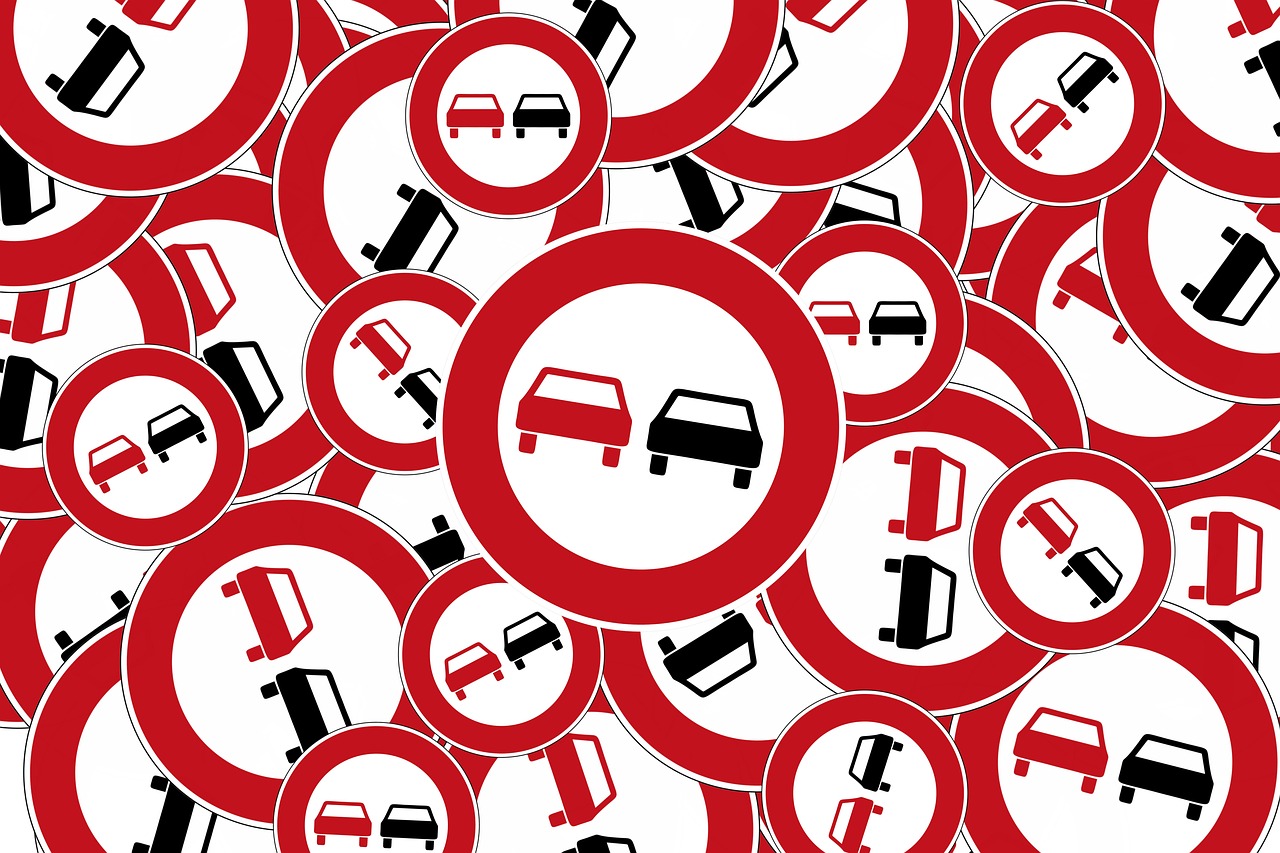The automotive industry stands at a crossroads. While technological advancements like electric vehicles and autonomous driving dominate headlines, a quieter revolution is reshaping competitive dynamics: customer centricity. Traditional product-centric approaches, focused on horsepower and features, no longer suffice in an era where customers seek personalized experiences, seamless interactions, and lasting relationships. For automotive players, prioritizing customer needs isn’t just about satisfaction. It is about survival.
THE CUSTOMER CENTRICITY GAP IN AUTOMOTIVE
Historically, the industry prioritized engineering excellence over customer relationships. Dealerships focused on pushing inventory, while manufacturers measured success by units sold. However, studies reveal a stark disconnect:
- 70% of car buyers complete 80% of their research online before visiting a dealership.
- 30% of customers switch brands due to poor post-purchase experiences.
- Legacy processes often prioritize transactional efficiency over emotional connection.
This product-centric mindset risks alienating modern buyers who expect brands to understand their lifestyles, values, and evolving mobility needs.
FOUR PILLARS OF AUTOMOTIVE CUSTOMER CENTRICITY
Based on WATC Consulting’s proprietary research and cross-industry expertise, truly customer-centric automotive organizations excel in four areas:
1. 360-Degree Customer Understanding
Move beyond demographics to uncover why customers make decisions. For example:
- Emotional Drivers: Safety for families vs. status for luxury buyers.
- Lifecycle Needs: Urban millennials may prioritize car-sharing access over ownership.
- Pain Points: Complex financing processes or inadequate EV charging infrastructure.
Advanced analytics and journey mapping help identify “moments of truth” where experiences make or break loyalty.
2. Omnichannel Experience Design
Integrate digital and physical touchpoints to create seamless journeys:
- Enable online configuration with real-time dealer support.
- Use AI to predict service needs and proactively schedule maintenance.
- Train dealership staff as experience advisors – not salespeople-to align with informed buyers.
3. Mutual Value Creation
Balance profitability with customer benefits:
- Offer subscription models for flexibility.
- Reward loyalty with exclusive access to software updates (e.g., autonomous features).
- Partner with third parties (e.g., charging networks) to enhance ecosystem value.
4. Agile, Inclusive Culture
Break down silos between engineering, sales, and aftersales:
- Empower frontline employees to resolve issues without hierarchical delays.
- Involve customers in co-creating solutions (e.g., beta-testing infotainment systems).
- Align KPIs with long-term relationship metrics, not quarterly sales targets.
CASE IN POINT: THE MODERN DEALERSHIP
WATC’s research highlights a critical shift: dealerships must evolve from transaction hubs to trusted mobility partners. Successful strategies include:
- Pre-Visit Personalization: Use CRM data to tailor test drives to a customer’s lifestyle.
- Post-Purchase Engagement: Offer usage-based insurance or curated road-trip itineraries.
- Community Building: Host EV education workshops to ease adoption fears.
THE ROAD AHEAD
Customer centricity in automotive isn’t a campaign. It is a cultural and operational transformation. Companies that embrace WATC’s Customer Centricity Canvas – focusing on data-driven decisions, inclusive processes, mutual value, and continuous adaptation – will thrive as mobility evolves. The future belongs to brands that don’t just sell cars but enrich lives.




